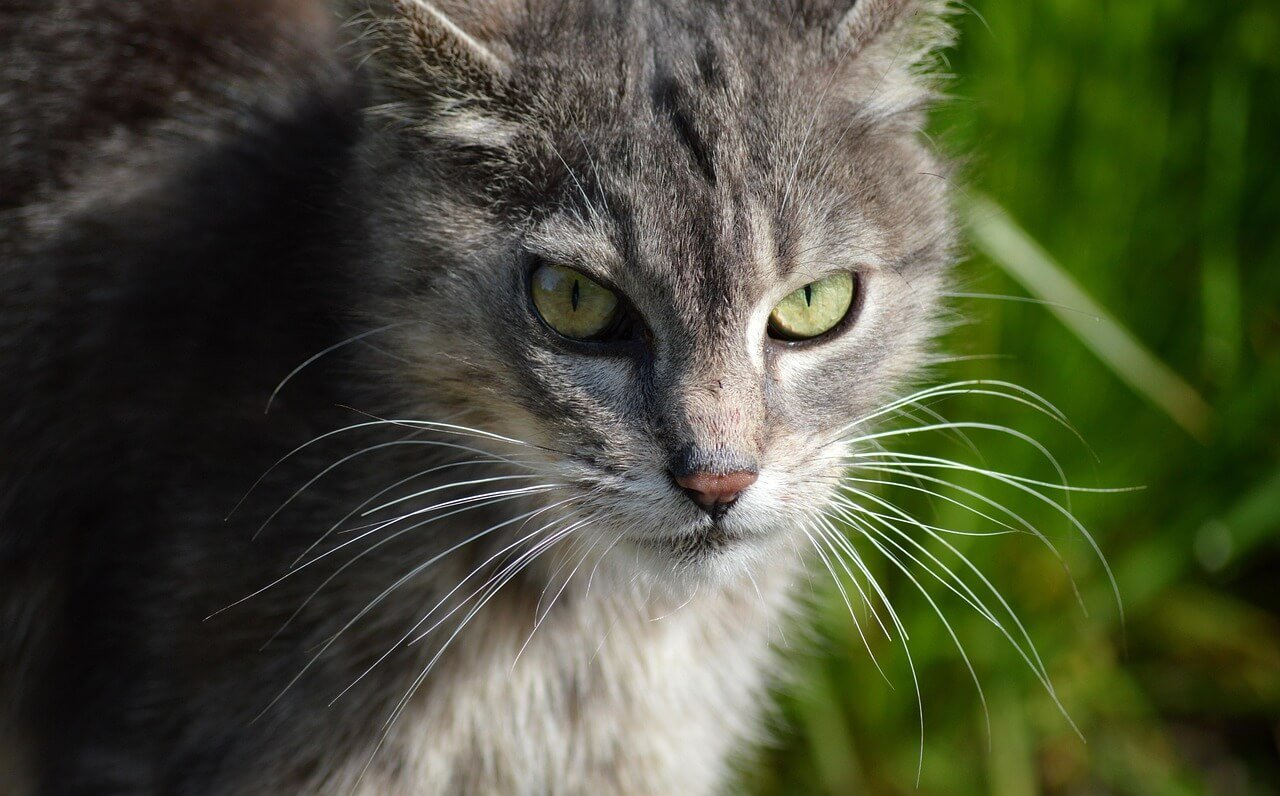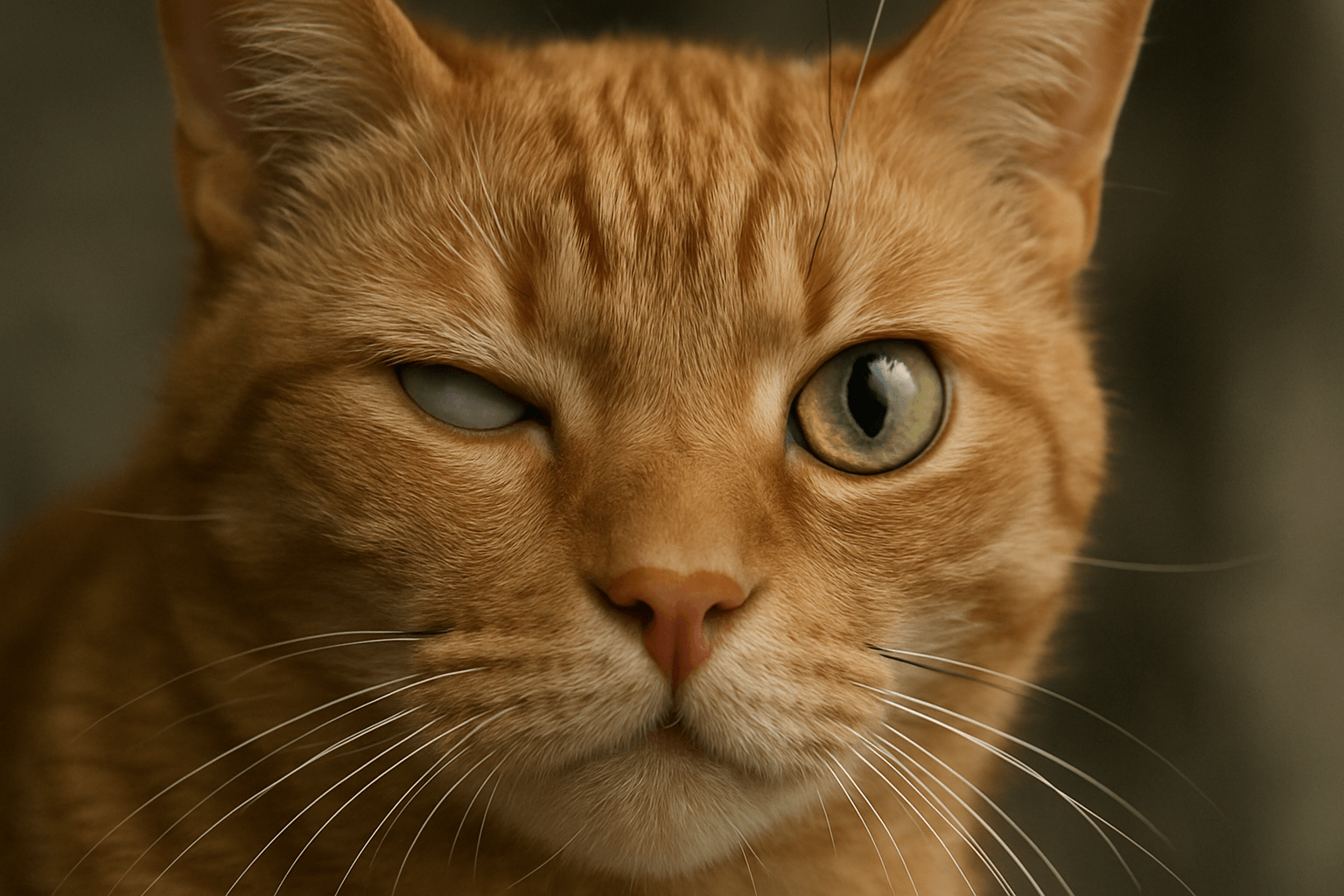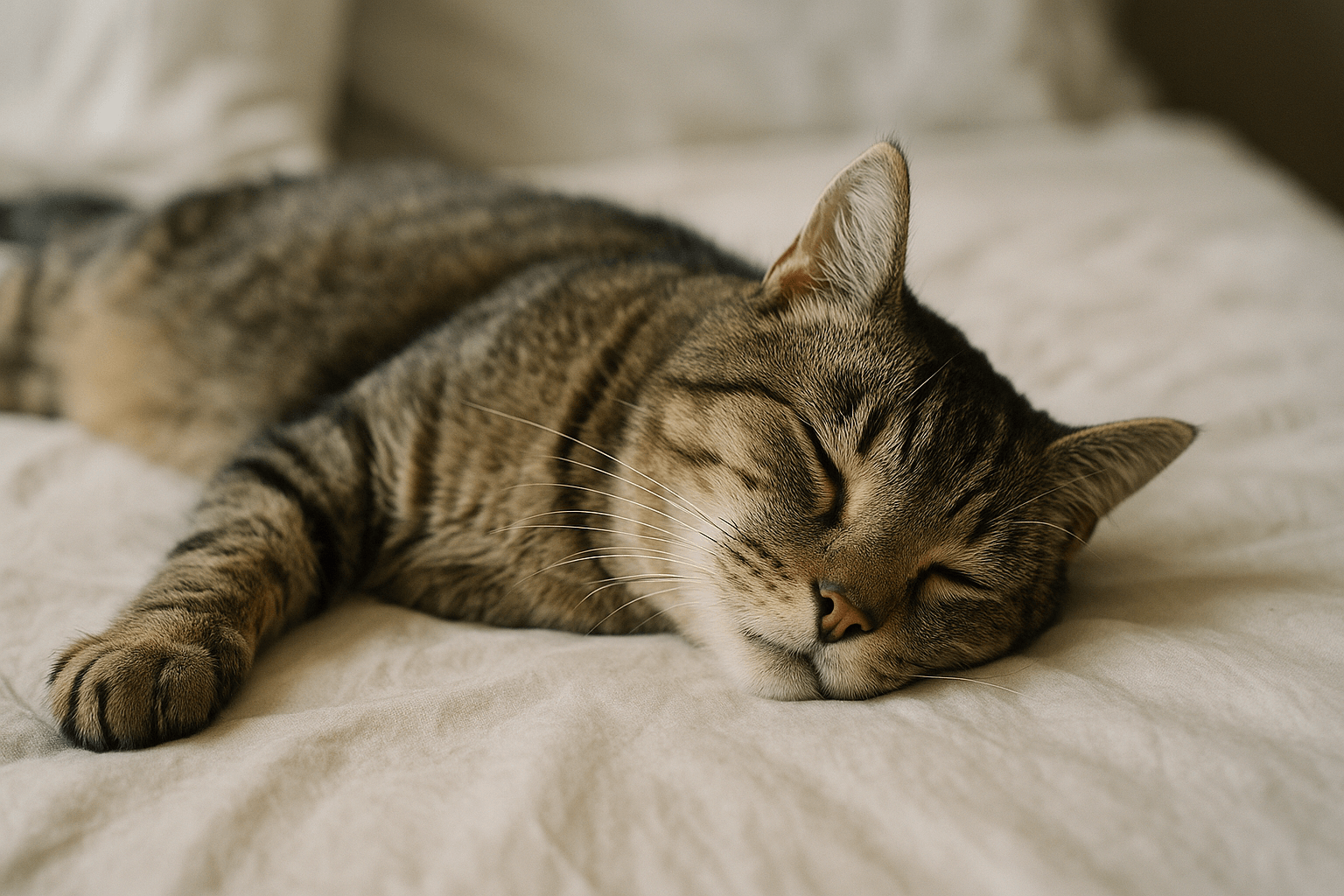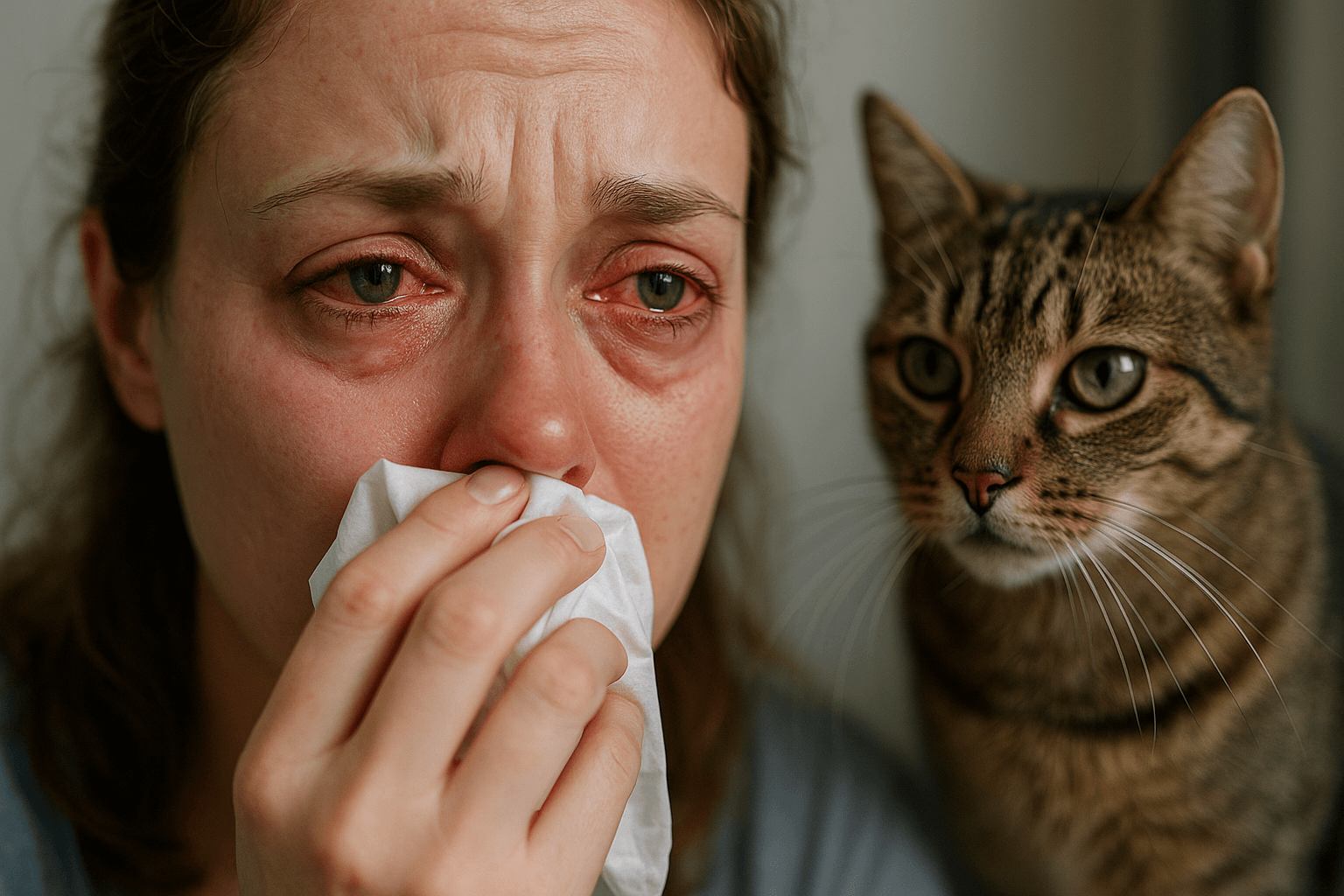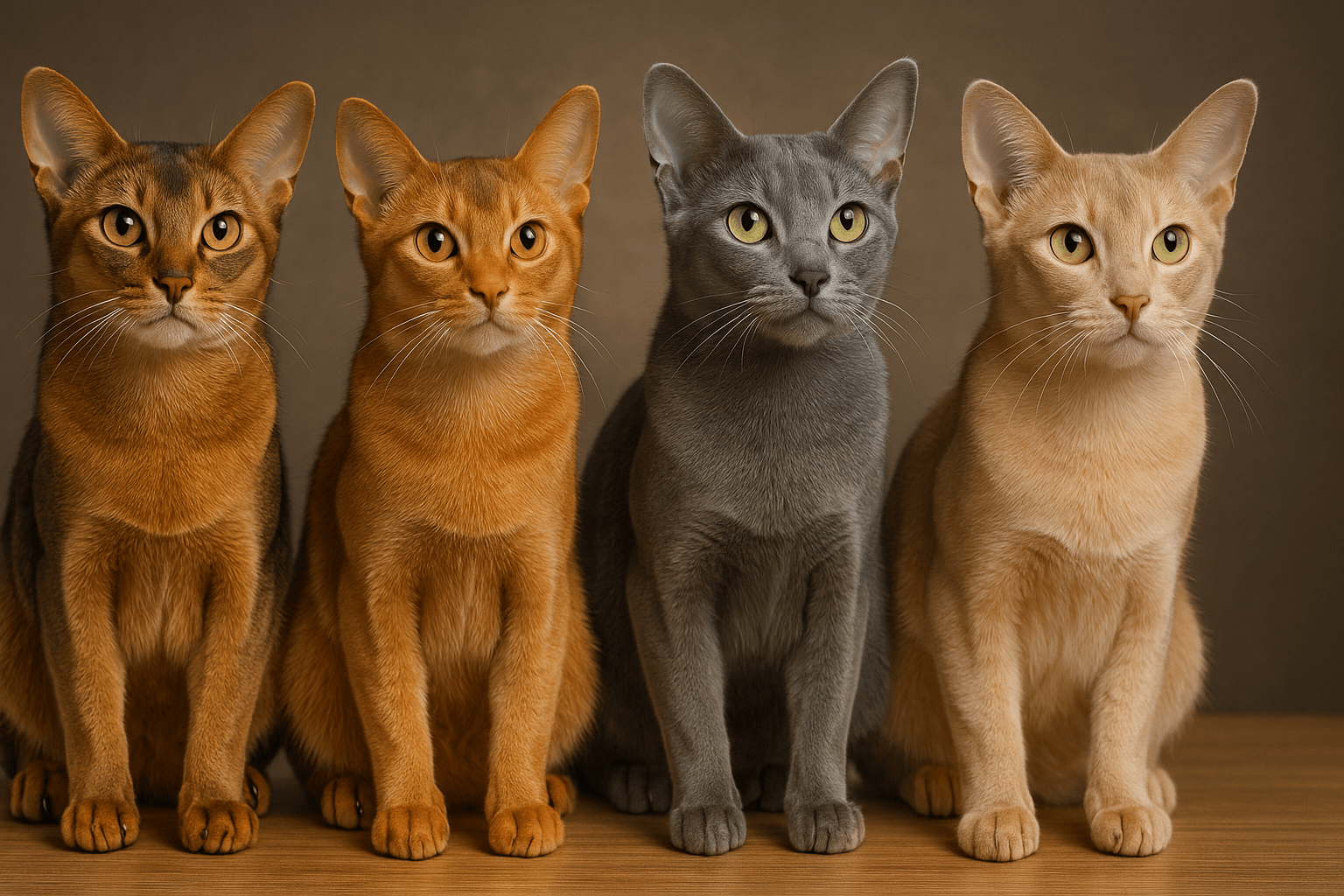Nystagmus in Cats: What Every Pet Owner Should Know
If you’ve ever noticed your cat’s eyes moving rapidly and involuntarily, you may be witnessing a condition known as nystagmus. This unusual eye movement can be alarming for pet owners, but understanding its causes, symptoms, and treatment options can help you address the issue effectively. Nystagmus in cats is often a sign of an underlying health problem, ranging from ear infections to neurological disorders. While it may seem daunting, early detection and proper veterinary care can make a significant difference in your cat’s quality of life. In this blog post, we’ll explore everything you need to know about nystagmus, from its potential triggers to practical steps for managing the condition.
Common Causes of Nystagmus in Cats
Nystagmus is not a disease itself but rather a symptom of an underlying issue. Identifying the root cause is crucial for effective treatment. Here are some common reasons why cats develop nystagmus.
Inner Ear Infections:
Inflammation or infection in the inner ear can disrupt balance and lead to involuntary eye movements.Vestibular Disease:
This condition affects the vestibular system, which controls balance, often resulting in nystagmus and disorientation.Neurological Disorders:
Issues like brain tumors, trauma, or encephalitis can interfere with the nervous system, causing abnormal eye movements.Toxin Exposure:
Certain toxins, such as household chemicals or plants, can affect the nervous system and trigger nystagmus.Congenital Conditions:
Some kittens are born with congenital vestibular syndrome, which may cause lifelong nystagmus.
Understanding these causes helps veterinarians diagnose and treat the condition more effectively. Early intervention is key to improving your cat’s prognosis.
Symptoms of Nystagmus in Cats
Nystagmus can present alongside other symptoms that indicate an underlying health issue. Recognizing these signs can help you seek timely veterinary care.
Rapid Eye Movements:
The hallmark of nystagmus is involuntary, repetitive eye movements that may appear jerky or smooth.Head Tilting:
Cats with nystagmus often tilt their heads to one side as they struggle to maintain balance.Loss of Coordination:
Difficulty walking, stumbling, or falling over may accompany nystagmus due to impaired balance.Disorientation:
Cats may seem confused or unable to locate familiar objects or people in their environment.Nausea or Vomiting:
Inner ear issues or vestibular dysfunction can cause motion sickness-like symptoms, including nausea.
These symptoms collectively point to a disruption in your cat’s balance or nervous system, warranting a thorough veterinary evaluation.
Check this guide 👉Understanding Hyperglobulinemia in Cats: Best 7 Health Tips!
Check this guide 👉Understanding Seborrhea in Cats: Best 7 Health Tips!
Check this guide 👉Understanding Hyperthyroidism in Cats: Best 7 Expert Tips!
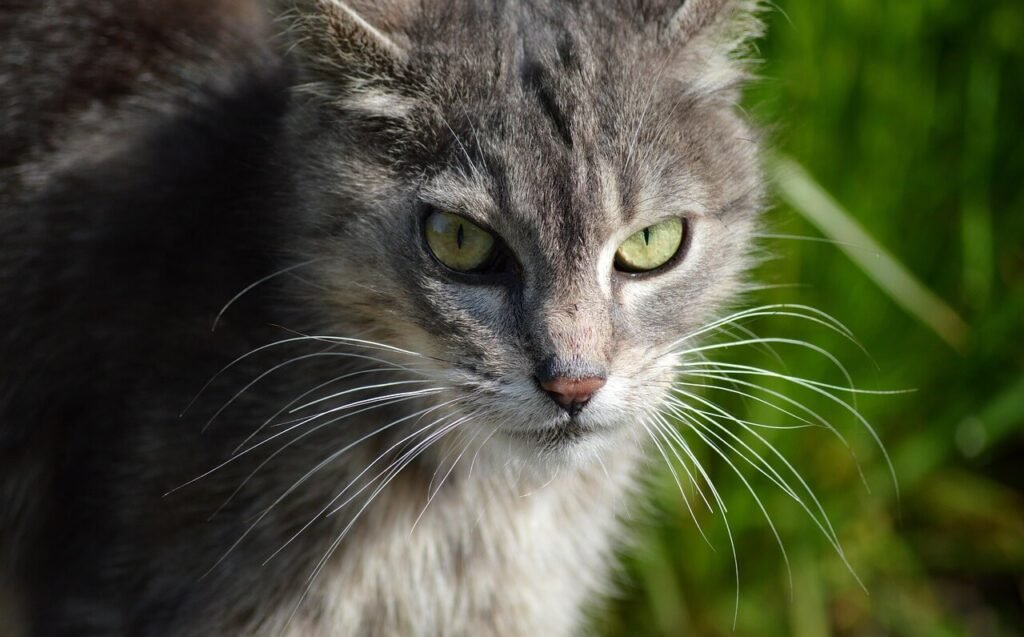
Common Causes of Nystagmus | Associated Symptoms to Watch For |
|---|---|
Inner ear infections | Head tilting, loss of coordination |
Vestibular disease | Disorientation, rapid eye movements |
Neurological disorders | Seizures, behavioral changes |
Toxin exposure | Vomiting, lethargy |
Congenital conditions | Lifelong balance issues, head tilting |
How Veterinarians Diagnose Nystagmus
Diagnosing nystagmus involves a comprehensive evaluation to identify the underlying cause. Veterinarians use several methods to pinpoint the issue accurately.
Physical Examination:
A thorough physical exam helps identify visible signs of illness, such as ear inflammation or neurological deficits.Ear Swabs or Cultures:
Testing samples from the ear can reveal infections or other abnormalities contributing to nystagmus.Blood Tests:
Bloodwork can detect systemic issues, such as infections, toxins, or metabolic disorders affecting the nervous system.Imaging Techniques:
X-rays, CT scans, or MRIs may be used to examine the brain and inner ear structures for abnormalities.Neurological Assessments:
Evaluating reflexes, posture, and coordination helps determine if the issue stems from the nervous system.
Through these diagnostic tools, veterinarians can create a tailored treatment plan to address the root cause of nystagmus.
Treatment Options for Nystagmus in Cats
The treatment for nystagmus depends on its underlying cause. While some cases resolve on their own, others require medical intervention.
Antibiotics or Antifungals:
If an ear infection is the culprit, medications can clear the infection and alleviate symptoms.Anti-Inflammatory Drugs:
These medications reduce inflammation in the inner ear or nervous system, improving balance and eye movement.Supportive Care:
Providing a quiet, safe space helps cats recover from disorientation and prevents injury during episodes.Detoxification Protocols:
If toxin exposure is suspected, vets may administer treatments to flush the harmful substances from the body.Surgery (Rare Cases):
In severe cases, such as brain tumors, surgical intervention may be necessary to address the root cause.
With appropriate treatment, many cats experience significant improvement in their symptoms and overall well-being.
Preventive Measures to Reduce the Risk of Nystagmus
While not all cases of nystagmus can be prevented, taking proactive steps can minimize the likelihood of your cat developing this condition.
Regular Ear Cleanings:
Keeping your cat’s ears clean and free of debris reduces the risk of infections that could lead to nystagmus.Safe Environment:
Protect your cat from falls or injuries that could damage their inner ear or brain.Avoiding Toxins:
Keep household chemicals, medications, and toxic plants out of reach to prevent accidental exposure.Routine Vet Check-Ups:
Regular veterinary visits help catch potential issues early before they escalate into serious problems.Balanced Diet:
A nutritious diet supports overall health, including the immune and nervous systems, reducing susceptibility to illnesses.
By implementing these preventive measures, you can safeguard your cat’s well-being and reduce the chances of nystagmus.
How to Support Your Cat During Recovery
Recovery from nystagmus requires patience and care. Here are some ways to support your cat during this time.
Create a Calm Space:
Provide a quiet, low-stress environment to help your cat rest and recover without distractions.Limit Physical Activity:
Restrict jumping or climbing to prevent accidents while your cat regains balance and coordination.Monitor Food and Water Intake:
Ensure your cat stays hydrated and eats regularly, even if they seem disoriented.Administer Medications as Directed:
Follow your veterinarian’s instructions carefully to ensure effective treatment.Offer Comfort Items:
Familiar bedding or toys can provide emotional reassurance during recovery.
With attentive care, your cat will have the best chance of overcoming nystagmus and returning to their normal activities.
When to Seek Emergency Veterinary Care
Certain symptoms accompanying nystagmus require immediate attention. Knowing when to act can save your cat’s life.
Severe Lethargy:
Extreme fatigue or unresponsiveness indicates a possible neurological emergency.Persistent Vomiting:
Continuous vomiting may signal toxin exposure or a severe inner ear issue.Difficulty Breathing:
Labored breathing could indicate a critical condition requiring urgent care.Seizures or Collapse:
These symptoms suggest a severe neurological or systemic problem that needs immediate treatment.Sudden Onset of Symptoms:
Rapid development of nystagmus and related issues often points to an acute condition that can’t wait.
Recognizing these red flags ensures your cat receives timely care, improving their chances of recovery.
Frequently Asked Questions About Nystagmus in Cats
Is nystagmus painful for cats?
Nystagmus itself isn’t painful, but the underlying condition, such as an ear infection or neurological disorder, may cause discomfort.
Can nystagmus go away on its own?
In cases of vestibular disease or mild infections, nystagmus may resolve without treatment, but veterinary guidance is still recommended.
What should I do if my cat shows signs of nystagmus?
Schedule a vet appointment immediately to identify the cause and begin appropriate treatment.
Are certain breeds more prone to nystagmus?
While any cat can develop nystagmus, breeds with predispositions to ear issues or congenital conditions may be at higher risk.
Can nystagmus affect my cat’s long-term health?
With proper care, many cats recover fully, though some may experience lingering balance issues depending on the cause.
Supporting Your Cat Through Nystagmus
Nystagmus in cats can be unsettling to witness, but understanding its causes and treatment options empowers you to provide the best care for your feline friend. By staying vigilant for symptoms, seeking prompt veterinary attention, and following through with prescribed treatments, you can help your cat regain their balance and comfort. Remember, your role as a pet owner is vital in ensuring your cat receives the love and support they need to thrive—even when facing challenges like nystagmus.
Why Is My Cats Second Eyelid Showing? Best 7 Expert Tips! Understand causes, health signs, and how to respond when your cat’s third eyelid becomes visible.
How Do I Know If My Cat Died Peacefully? Best 7 Expert Tips! Discover the quiet signs of a peaceful feline passing and find comfort in their final moments.
Cat Allergy Eyes: Best 7 Expert Tips! Discover why your eyes react to cats and learn proven strategies for relief—without giving up your feline friend.
Why Do Abyssinian Cat Colors Matter? Best 7 Expert Tips! Discover the genetics, rare hues, and care secrets behind Abyssinian coat colors for a healthier, happier cat.

